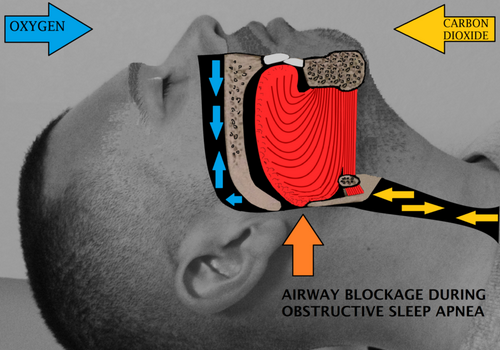
What Is Sleep Apnea?
Some people snort and snore during sleep. These nighttime noises are annoying, but they aren't necessarily sleep apnea. When snorting and snoring are followed by a period of 10 seconds up to two minutes of complete silence because breathing has stopped, however, the problem is sleep apnea, a cessation of breathing during sleep. The stereotype of the sleep apnea sufferer is an overweight middle-aged male, and most people who have the condition do have a weight problem. However, sleep apnea can also occur when the palate has a high arch that cuts off the flow of air when the person lies down. Or it can occur when the tonsils are swollen, or when there are chronic nasal allergies. Sleep apnea can also result from hypothyroidism, menopause, or stroke.
- Important notification about information and brand names used in this slideshow!
- Photo courtesy of Drcamachoent by Wikimedia Commons : en.wikipedia.org/wiki/File:Sleeping_with_obstruction.png
- www.helpguide.org/life/sleep_apnea.htm
- http://www.medicinenet.com/sleep_apnea/article.htm
- http://www.webmd.com/sleep-disorders/guide/central-sleep-apnea
- http://www.nhlbi.nih.gov/health/health-topics/topics/sleepapnea/causes.html
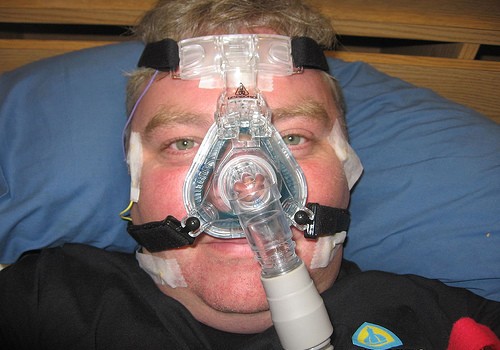
Two Main Types Of Sleep Apnea
Obstructive sleep apnea results from blocks to the air passages in the throat, usually caused by looseness or heaviness on the tissues surrounding the back of the mouth and throat. Central sleep apnea results from defects in the brain or central nervous system so that the body "forgets" to breathe for a few seconds until reflex reactions kick in. Obstructive sleep apnea typically occurs only when the sufferer is lying on the back, but central sleep apnea can occur at almost any time. Sleep apnea experts estimate that 9% of women and 24% of men who have the condition go through 5 or more episodes of breathlessness per hour, interrupting sleep, raising blood pressure, aggravating acid reflux, and drying out the mouth.
- Important notification about information and brand names used in this slideshow!
- Photo courtesy of A.Currell by Flickr : www.flickr.com/photos/23748404@N00/298936143/
- Guilleminault C, Tilkian A, Dement WC. The sleep apnea syndromes. Annu Rev Med. 1976. 27:465-84.
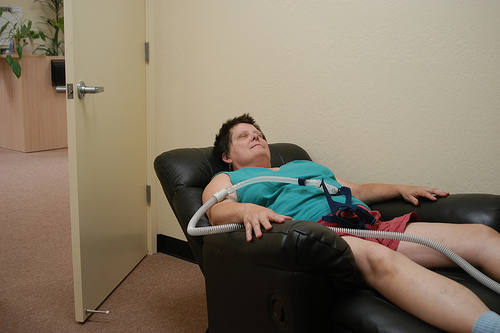
What Are The Symptoms of Sleep Apnea?
People who have sleep apnea usually get the news from their sleeping partners. The snorting, snoring, and indeterminate periods of silence throughout the night keep the other person in the bedroom (or sometimes just in the same house) awake at night. But if you sleep alone, your best indication of the problem is waking up feeling tired even though you have had 8 or more hours of sleep. Each episode of breathlessness interrupts sleep just for a few seconds, so that deep sleep is never achieved. People who have sleep apnea typically sleep with their mouths open. This dries out the mouth and tongue and causes bitter mouth and bad breath. The dryness can also extend to the throat and cause hoarseness. Over the long term there will be problems with high blood pressure, irregular heartbeat, weight control, daytime drowsiness, depression, and sexual dysfunction.
- Important notification about information and brand names used in this slideshow!
- Photo courtesy of Michelle Ress by Flickr : www.flickr.com/photos/safoocat/1384629396/
- Young T, Evans L, Finn L, Palta M. Estimation of the clinically diagnosed proportion of sleep apnea syndrome in middle-aged men and women. Sleep. Sep 1997. 20(9):705-6.
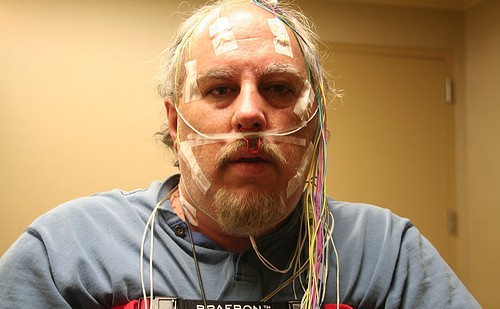
What Causes Sleep Apnea?
When there is a lot of heavy tissue over the throat, the muscles lining it don't keep it open when they are relaxed, during sleep. The most easily understood scenario for sleep apnea is the throat "flops" closed and air pressure eventually builds up until it "pops:" open, only for the cycle to repeat itself over and over again through the night. However, overweight is not the only cause of sleep apnea? Obstructive sleep apnea can result from unusual arrangments of the palate and/or jaw bones. In children and young adults, the problem often is swollen tonsils. People who accumulate belly fat tend to snore, as do people who use alcohol or sedatives in the evening hours.
- Important notification about information and brand names used in this slideshow!
- Photo courtesy of FadderUri by Flickr : www.flickr.com/photos/fadderuri/499992473/
- Downey R 3rd, Perkin RM, MacQuarrie J. Upper airway resistance syndrome: sick, symptomatic but underrecognized. Sleep. Oct 1993. 16(7):620-3.
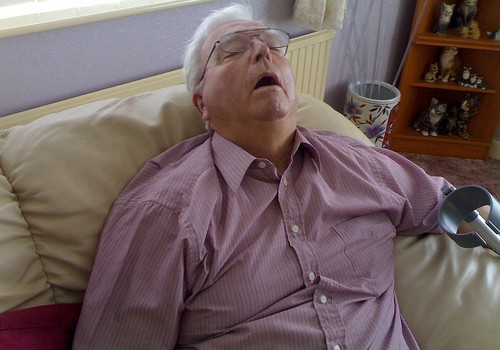
Is It Snoring Or Is It Sleep Apnea?
The difference between snoring and sleep apnea is that not everyone who snores has sleep apnea, but just about everyone who has obstructive sleep apnea snores. Sometimes it's just hard to breathe and nasal breathing is accompanied by loud noises. If breathing doesn't stop, there is no apnea. This is the situation with a stuffy nose or a mildly inflamed throat. Sometimes there is a period of complete silence because air just can't get in or out, when soft tissues cover the the air passages between the nose and throat. Eventually exhaled air builds up to explosive levels that force the mouth open, and there is normal breathing for a few minutes until the cycle starts again.
- Important notification about information and brand names used in this slideshow!
- Photo courtesy of Marc Lewis by Flickr : www.flickr.com/photos/marczero1980/6258904896/
- Hoffstein V. Snoring. Chest. Jan 1996.109(1):201-22.
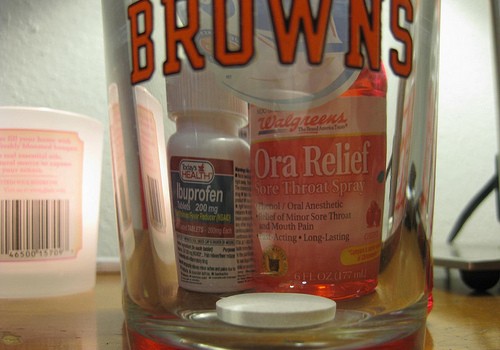
Self-Treatment For Sleep Apnea
You probably can't cure sleep apnea on your own, but there are some thigns you can do to make the problem easier to deal with. Sleep on a firm pillow rather than a soft pillow. Elevate your head as much as you can when you sleep. Avoid the use of sleeping pills, alcohol, and tobacco. Try vocalization exercises, building up the strength of the muscles that support your throat by singing the familiar me-may-mah-mo-mu, pursing your lips and exhaling explosively as you sing each note. Some people get relief by learning to play the didgeridoo, the aboriginal Australian musical instrument that requires a continuous stream of air.
- Important notification about information and brand names used in this slideshow!
- Photo courtesy of alamosbasement by Flickr : www.flickr.com/photos/alamosbasement/3883732166/
- Puhan MA, Suarez A, Lo Cascio C, Zahn A, Heitz M, Braendli O. Didgeridoo playing as alternative treatment for obstructive sleep apnoea syndrome: randomised controlled trial. BMJ. 2006 Feb 4. 332(7536):266-70. Epub 2005 Dec 23.
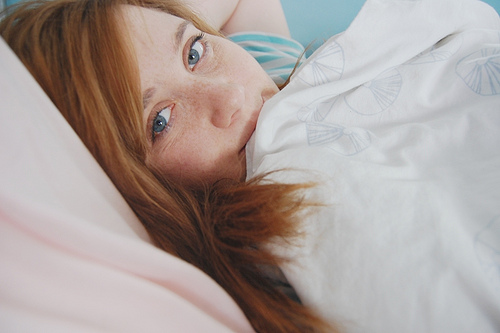
Bedtime Tips For Preventing Obstructive Sleep Apnea
If you have sleep apnea, and you just can't afford a CPAP machine and you don't want to have surgery, there are a few things you can do to sleep easier through the night, and help everyone else in your home sleep better, too. Take care of allergies. An apple a day keeps the allergies away, or if that doesn't work, make sure your home is free of pollen, dander, and dust. The less your nose and throat are swollen, the better you will sleep. Have a starchy bedtime snack. Your body will burn the carbohydrates, releasing carbon dioxide, causing you to breathe deeper and exhale more air, so your airways don't close at night. And avoid having an (alcoholic) nightcap. You need to have alcohol out of your system before you go to bed to keep your throat muscles from becoming too relaxed.
- Important notification about information and brand names used in this slideshow!
- Photo courtesy of half alive - soo zzzz by Flickr : www.flickr.com/photos/batterypower/4090123985/
- Kallianos A, Trakada G, Papaioannou T, Nikolopouloss I, Mitrakou A, Manios E, Kostopoulos K, Kostopoulos C, Zakopoulos N. Glucose and arterial blood pressure variability in Obstructive Sleep Apnea Syndrome.Eur Rev Med Pharmacol Sci. 2013 Jul. 17(14):1932-7.
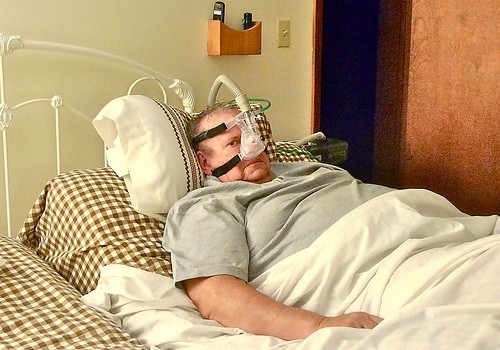
Medical Treatment For Sleep Apnea
The first treatment your doctor will offer for obstructive sleep apnea is a CPAP (continuous positive airway pressure) machine. A mask is fitted to the face to pump air into the nostrils to keep the throat open all through the night. Most people find the mask uncomfortable, and the air can dry out the mouth and throat. Careful attention to sanitation is necessary to keep the machine from becoming a breeding ground for infections. Various kinds of surgery that remove the uvula (the dumbbell of tissue at the back of the throat) or part of the palate are offered, but aren't always successful. Doctors usually consider them to be the last resort.
- Important notification about information and brand names used in this slideshow!
- Photo courtesy of Larry & Teddy Page by Flickr : www.flickr.com/photos/igboo/5942551037
- Lazard DS, Blumen M, Lévy P, Chauvin P, Fragny D, Buchet I, et al. The tongue-retaining device: efficacy and side effects in obstructive sleep apnea syndrome. J Clin Sleep Med. Oct 15 2009. 5(5):431-8.
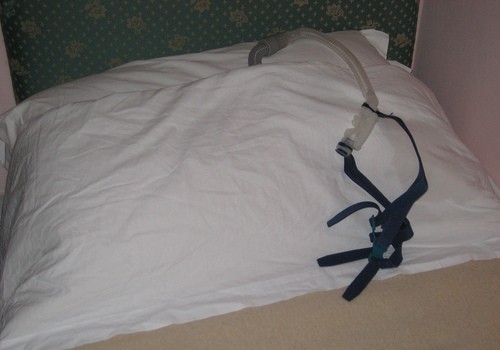
More About CPAP And Other Devices
If you are one of the people who adjust to CPAP, it can be an easy treatment for the disease. Despite CPAP's well-deserved bad press, sometimes it really does make a tremendous positive difference. If you don't want to do surgery, and you aren't getting anywhere with weight loss efforts, consider using a dentist-prescribed tongue retainer. This device holds the tongue in place to keep it from flopping over the back of the throat at night. The device won't work if the problem is in the nasal passages or the throat, and it's not a substitute for treating tonsillitis or allergies. Moreover, you need to get it from a dentist to keep from causing misalignment of your teeth. The device costs less than 10% as much as a CPAP machine, however, and often works. This device is also sold as a mandibular repositioning splint.
- Important notification about information and brand names used in this slideshow!
- Photo courtesy of Jose and Roxanne by Flickr : www.flickr.com/photos/nyc_xmas/3437547405/
- Engleman HM, McDonald JP, Graham D, Lello GE, Kingshott RN, Coleman EL, et al. Randomized crossover trial of two treatments for sleep apnea/hypopnea syndrome: continuous positive airway pressure and mandibular repositioning splint. Am J Respir Crit Care Med. Sep 15 2002.166(6):855-9.
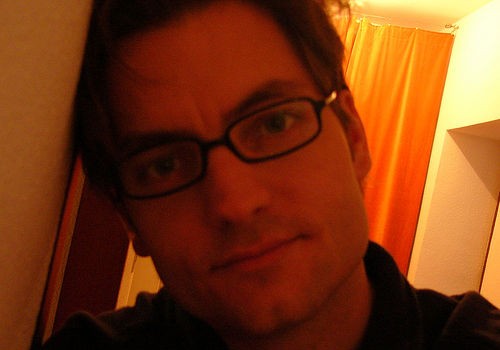
What Happens If You Don't Get Treatment
Some people decide just to live with their sleep apnea. It's not like sleep apnea ever killed anyone--or has it? If you are having to get up at night to go to the bathroom, you're probably one of the people who has an urgent medical need to get sleep apnea treatment. The heart has to beat harder and faster to pump poorly oxygenated blood. This forces blood through the kidneys, which then work overtime to rid waste. In people who have to make multiple trips to the bathroom at night without other causative factors (yeast infections in women, prostate problems in men), there is a real danger of an enlarged heart, which can lead to sudden tears in arteries and cardiac arrest.
- Important notification about information and brand names used in this slideshow!
- Photo courtesy of al.ma by Flickr : www.flickr.com/photos/alma/5775016/
- Zhang M, Li L, Fowler D, Zhao Z, Wei D, Zhang Y, Burke A. Causes of sudden death in patients with obstructive sleep apnea. J Forensic Sci. 2013 Sep.58(5):1171-4. doi: 10.1111/1556-4029.12220. Epub 2013 Jul 18.


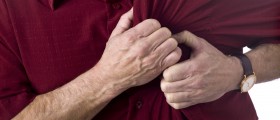
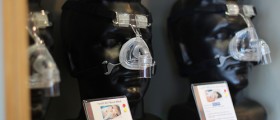
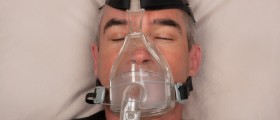
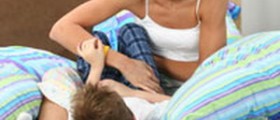
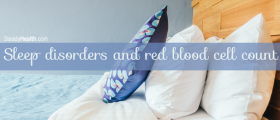
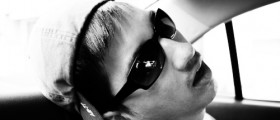
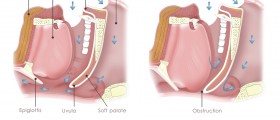
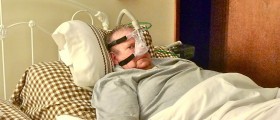
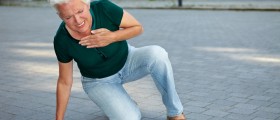
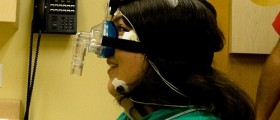
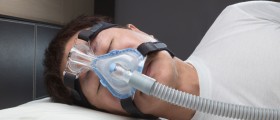
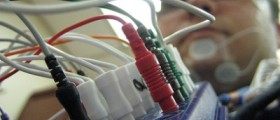
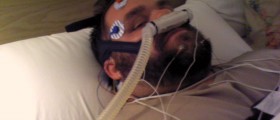
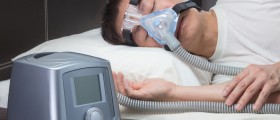
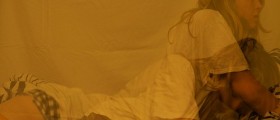
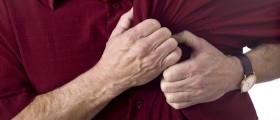

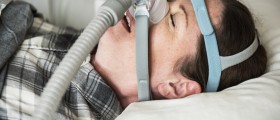
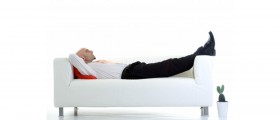


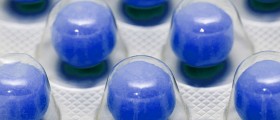
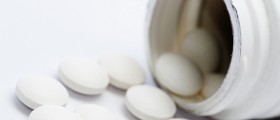
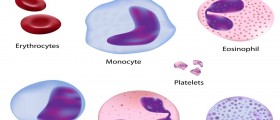
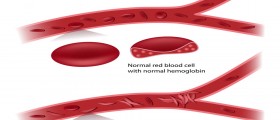
Your thoughts on this
Loading...